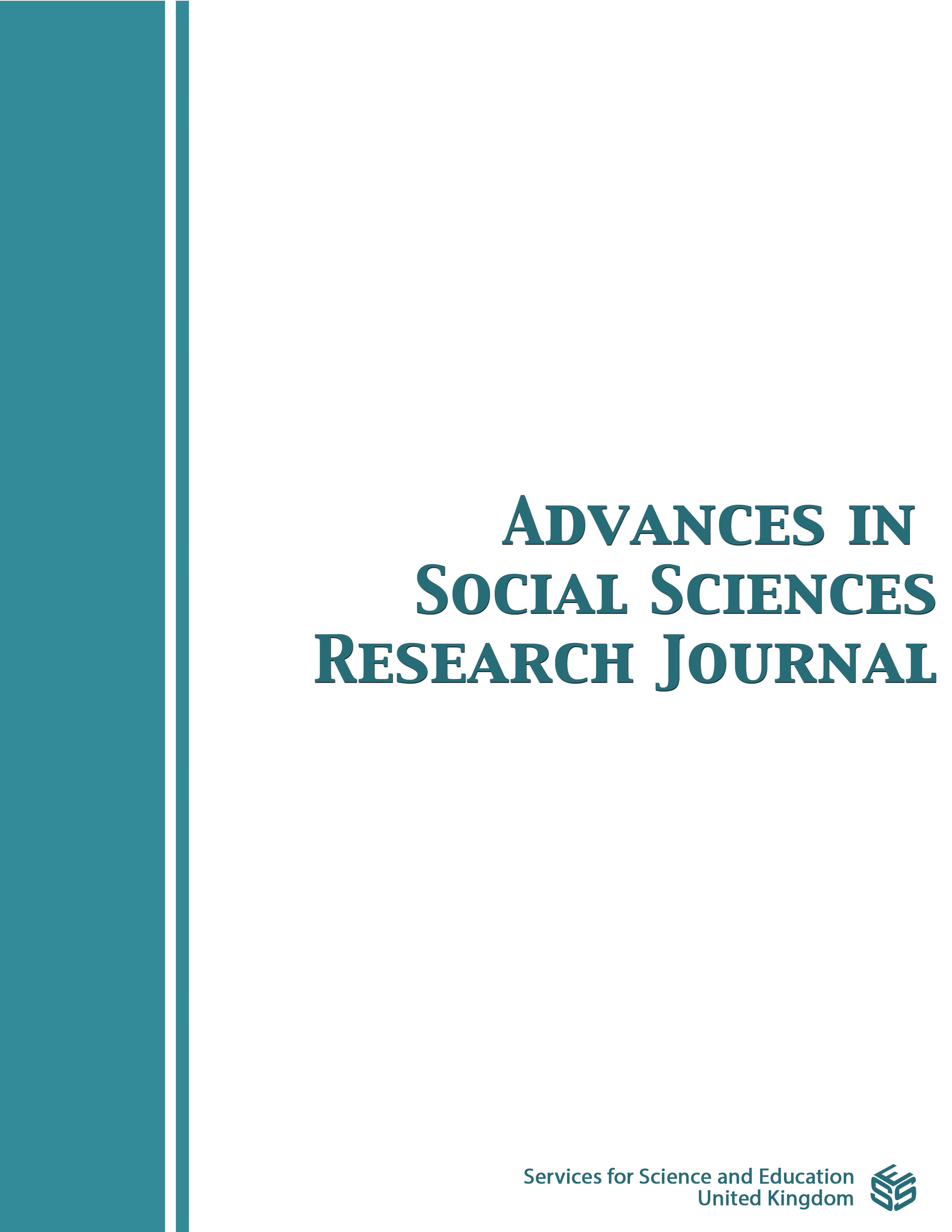The History of European Stereotypes and Allegories of Representation of North Africans: Continuity Narratives and Shifting Paradigms
DOI:
https://doi.org/10.14738/assrj.105.14763Keywords:
The stereotype, colonial cinema, representation, cultural difference, mutation, migrationAbstract
The representational politics of European cinema and literature were effectively determinant in shaping and reflecting the values and the ideologies of the dominant parties in dealing with encounters and representing cultural difference. Conditioned by the synchronous historical and political contexts, the work of stereotyping has persisted and Continued in deploying almost the same tropes and metaphors of representation that have been in operation since the medieval ages, constructing a logic of binarization of encounters on asymmetrical grounds. This article explores the genealogy of representation of North Africans in European cinema and literature, focusing on the metamorphosis of its dominant tropes and stereotypes over centuries. It addresses the ways fictional representation of North Africans, especially Moroccans, reinforce the orientalizing discourse of power, domination, and hegemonic construction of cultural difference on stereotypical and judgmental basis. It suggests that the visual and literary representation of North Africans has constantly kept appearing, disappearing, shifting and redefining in response to the prevailing political and historical contexts that shaped encounters between Europeans and North Africans. To track the mutation of the stereotype, its intertextuality and its hierarchical structures of power, Edward Said’s colonial discourse analysis and Homi Bhabha’s conceptualization of the stereotype will be used as theoretical frameworks in this article.
Downloads
Published
How to Cite
Issue
Section
License
Copyright (c) 2023 Khalid El Aatefi

This work is licensed under a Creative Commons Attribution 4.0 International License.
Authors wishing to include figures, tables, or text passages that have already been published elsewhere are required to obtain permission from the copyright owner(s) for both the print and online format and to include evidence that such permission has been granted when submitting their papers. Any material received without such evidence will be assumed to originate from the authors.






